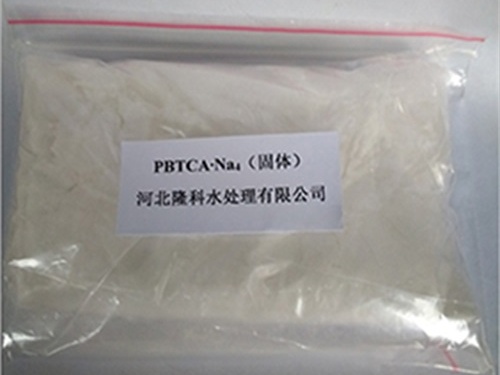Flocculant Chemicals for Effective Water Treatment Solutions and Their Applications
Flocculant Chemicals for Water Treatment
Water treatment is an essential process that ensures clean and safe water for consumption, industrial use, and environmental protection. One of the critical agents used in this process is flocculant chemicals. These compounds play a vital role in removing suspended solids and colloidal particles from water, thereby improving its clarity and safety. In this article, we will explore the types, functions, and significance of flocculant chemicals in water treatment.
What Are Flocculant Chemicals?
Flocculants are chemical substances that promote the agglomeration of particles in a liquid, leading to the formation of larger aggregates, or flocs. These flocs can then be easily removed from the liquid, enhancing the efficiency of water purification. Flocculants are commonly used in various water treatment applications, including municipal water supply, wastewater treatment, and industrial processes.
Flocculants can be natural or synthetic. Natural flocculants include substances like starch, chitosan, and certain plant extracts. Synthetic flocculants are typically polymers, such as polyacrylamide, which can be cationic, anionic, or non-ionic, depending on their ionic charge. The choice of flocculant depends on the characteristics of the particles to be removed and the specific requirements of the treatment process.
The Mechanism of Flocculation
The flocculation process involves several stages. Initially, flocculants are added to the water, where they interact with suspended particles. The flocculant molecules adsorb onto the particle surfaces, neutralizing charges that may cause the particles to repel one another. This neutralization facilitates the aggregation of particles into larger flocs. Once these flocs are formed, they can settle at the bottom of the treatment tank or be removed via filtration.
During this process, mixing is crucial. Adequate mixing ensures uniform distribution of flocculants and promotes effective interaction between the flocculant molecules and the suspended particles. After the mixing stage, gentle stirring allows the flocs to grow larger, which enhances their settling rates and removal efficiency.
Importance of Flocculant Chemicals
flocculant chemicals for water treatment

The use of flocculant chemicals offers multiple benefits in water treatment processes
1. Enhanced Removal of Contaminants Flocculants significantly improve the removal efficiency of suspended solids, including sediment, heavy metals, and microorganisms. This is especially vital in treating wastewater that may contain hazardous materials.
2. Improved Water Quality By facilitating the removal of contaminants, flocculants contribute to better water clarity and quality. This is essential for ensuring that treated water meets regulatory standards for drinking water and industrial applications.
3. Cost-Effectiveness Using flocculants can reduce the need for more extensive and expensive treatment processes. By enhancing sedimentation and filtration, flocculants can shorten treatment time and lower operational costs.
4. Environmental Benefits Efficient water treatment reduces the discharge of pollutants into the environment. By using flocculants, water treatment facilities can minimize their ecological footprint and promote sustainability.
5. Versatile Applications Flocculants can be tailored to address specific challenges in various water treatment scenarios, making them versatile tools for engineers and operators.
Conclusion
Flocculant chemicals are invaluable in modern water treatment. Their ability to effectively remove suspended solids and enhance water quality cannot be overstated. As the demand for clean water continues to rise, the importance of optimizing flocculation processes and developing more efficient flocculant formulations will only increase. Innovations in this field will not only improve water treatment efficacy but will also play a crucial role in addressing global water scarcity and pollution challenges.
In summary, flocculants represent a critical component of water treatment operations, bridging the gap between polluted water and clean, safe water for all uses. Continued investment in research and improvement of flocculant technology will ensure that water treatment facilities can meet the ever-growing demands for clean water in the future.
-
Water Treatment with Flocculant Water TreatmentNewsJun.12,2025
-
Polymaleic AnhydrideNewsJun.12,2025
-
Polyaspartic AcidNewsJun.12,2025
-
Enhance Industrial Processes with IsothiazolinonesNewsJun.12,2025
-
Enhance Industrial Processes with PBTCA SolutionsNewsJun.12,2025
-
Dodecyldimethylbenzylammonium Chloride SolutionsNewsJun.12,2025





